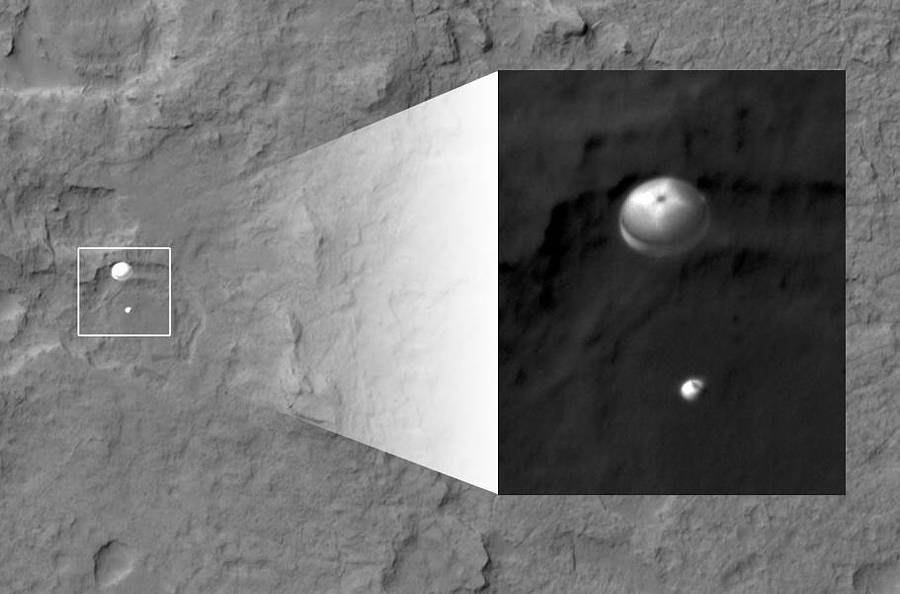
Mars Science Laboratory’s rover, Curiosity, lands on the surface of the Mars with worldwide fanfare. Twice as long and three times as heavy as its predecessors, Curiosity was designed to collect soil and rock samples in order to analyze them for organic compounds and environmental conditions that could have supported microbial life. The 70 meter…
Mars Science Laboratory’s rover, Curiosity, lands on the surface of the Mars with worldwide fanfare. Twice as long and three times as heavy as its predecessors, Curiosity was designed to collect soil and rock samples in order to analyze them for organic compounds and environmental conditions that could have supported microbial life. The 70 meter antenna from the Canberra Deep Space Communications Complex (CDSCC) captures Curiosity’s first signals from Mars. The Internationally Interoperable NASA and European Space Agency (ESA) Mars relay fleet also captured MSL’s signals while MRO took pictures during the Entry Descent and Landing phase.



























